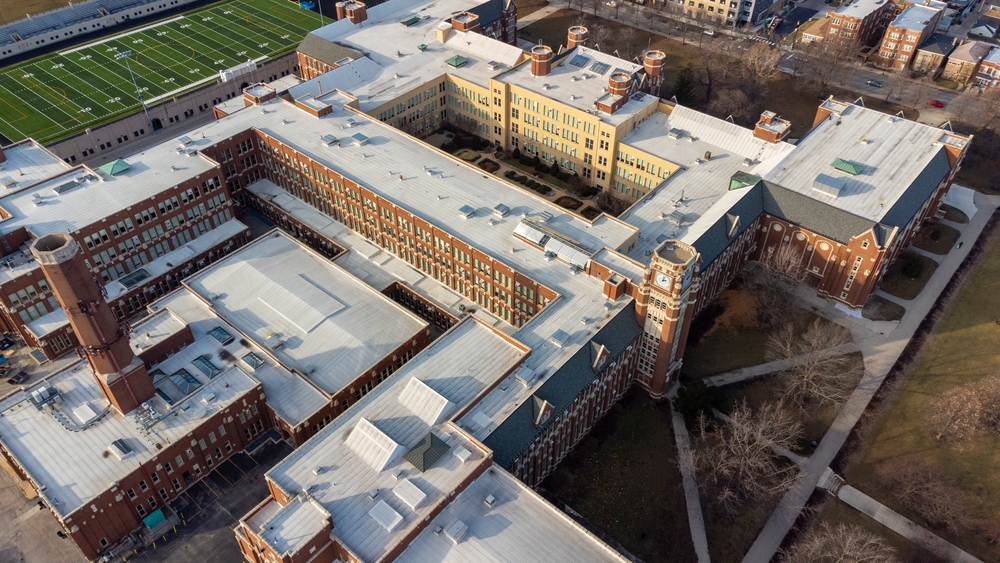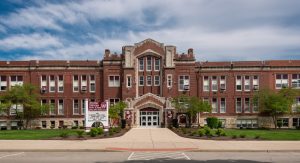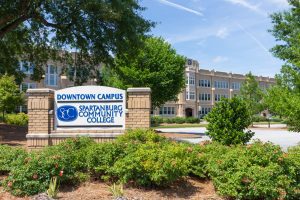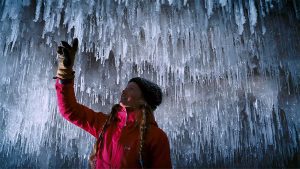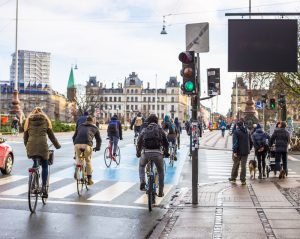Every year, new schools emerge, others close their doors, and some existing ones expand or cut back.
The point is, schools are forever evolving.
There are schools with capacities for student numbers that would blow your mind, such as some schools in Chicago, Illinois.
So, what is the biggest school in Chicago?
Albert Grannis Lane Technical College Preparatory High School, commonly called Lane, is among the oldest educational institutions in Chicago.
It has more than 4,000 pupils enrolled, which positions it as the city’s biggest high school. Despite its vastness, the school boasts a 19.22–1 student-teacher ratio.
The school sits on more than thirty acres in an urban area.
Table of Contents
Some facts about Chicago’s Lane Tech
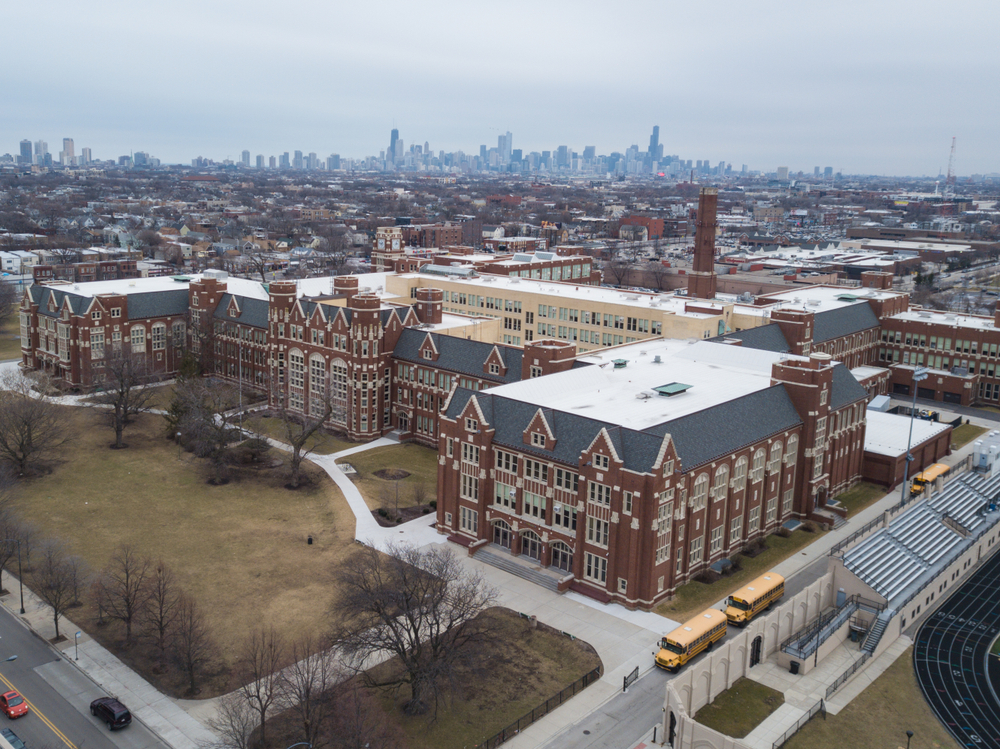
Lane Tech is very distinct when it comes to its students. The school’s magnet program runs for four years. It lies within the Roscoe Village area of Chicago.
Lane falls under the Chicago Public School system. In addition to being one of Chicago’s oldest schools, Lane High School enrolls approximately 4,000 students, deeming it the city’s biggest high school.
How does Lane Tech in Chicago rank in diversity and academics?
Applicants to Lane should first pass an exam and meet a particular standard to be considered for admission.
Lane is one of eleven selective admissions schools in Chicago.
Many of its pupils come from a variety of ethnic and financial backgrounds. Lane Tech is ranked 69th in the country and 3rd in Illinois for public high schools in 2019 by US News & World Report.
How large is Lane Tech’s campus?
Situated at the junction of Western Avenue and Addison Street, Lane Tech is a 33-acre (13 hectares) campus in Chicago, Ill.
The campus comprises a grass soccer field, Kerry Wood Cubs Field, Lane Stadium, and parking.
What was the issue that forced the demolition of Lane Stadium?
Chicago city construction inspectors deemed Lane Stadium dangerous in the spring of 2007, and the eastern section of the complex was demolished.
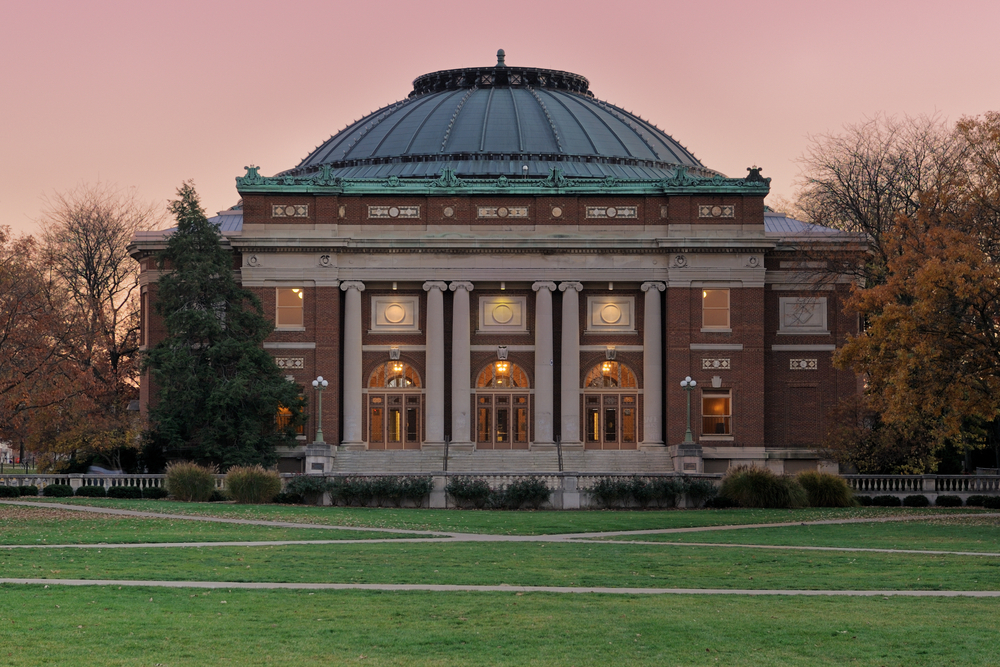
Using the stadium at full potential was feared to be unsafe because of the stadium’s antiquity and since it was constructed on top of past landfills.
Moving the commencement ceremonies to the University of Illinois at Chicago’s UIC Pavilion, the yearly Letterman vs. The faculty softball game, and the yearly Memorial Day Assembly were all major events that were disrupted by the unsafe conditions of the stadium.
The new turf field at Lane Stadium reopened the stadium on September 7th, 2007. A new IHSA-recognized track is also in place at the stadium.
What is the significance of Lane Tech’s memorial garden?
The memorial garden at Lane tech houses several significant features. The Ramo I. Zenkich Memorial, a banner pole as well as a granite memorial bearing the inscriptions of Lane Tech students who died in Vietnam, is just one and can be found on the memorial garden’s western edge.
The memorial garden was rededicated in 1995, and a plaque honoring the institution’s 90th anniversary was unveiled in 1998 next to a “Shooting the Stars” sculpture as part of the celebrations.
It illustrates why the memorial garden is so important to Lane Tech and its pupils.
When was Chicago’s Lane Tech founded?
The Albert Grannis Lane Manual Training High School was established in 1908 and consecrated on the occasion of Washington’s Birthday in 1909.
The school bears Albert G. Lane’s name, a former principal and superintendent in the school district for seven years in the 1800s.
Division Street and Sedgwick Avenue were the original locations of the building. Students at the school could capitalize on a wide range of technical studies when it was first established, and it functioned as a manual training institute for boys.
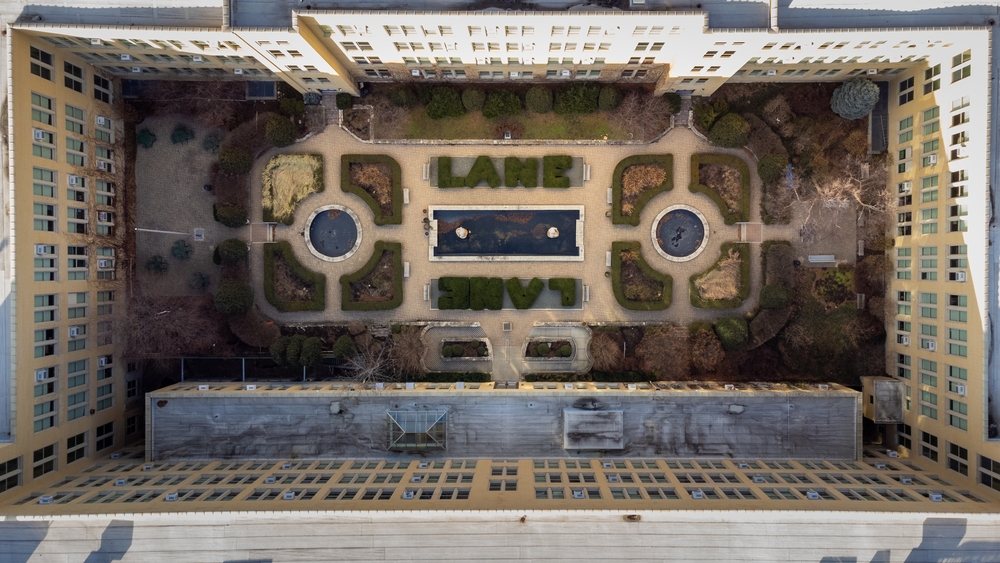
Freshmen were allowed to learn about carpentry, cabinet making, and woodturning. The core-making, welding, forge, and foundry, as well as molding processes, were all taught to the sophomores.
In the machine shop, juniors had the option of taking classes. Seniors were allowed to take the most sophisticated shop class – the electric shop.
Was Lane Tech originally for boys only?
Lane Tech was originally a school for boys and had a student body of more than 7,000 boys during the 1930s. A new location for the institution was selected, and a new structure was crafted by Board of Education architect John C. Christensen because the institution’s facility was not initially designed to accommodate such a large student body.
More than 9,000 students and staff members met at Wrigley Field on the day of the school’s commissioning, September 17, 1934, and afterward marched a few miles west towards the new campus.
For the 75th as well as 100th anniversaries of the institution in 1983 and 2008, a procession from the campus to Wrigley Field was organized.
Lane Tech was established in 1934 to reflect the institution’s growing curriculum, although the school was affectionately referred to as “Lane Tech” by students and faculty alike.
The College Prep was added in 2004 to better represent the school’s college readiness goal.
How did Lane Tech fare during the Cold War?
On the 50th anniversary of Lane’s establishment in 1958, the school instituted a restricted entrance procedure.
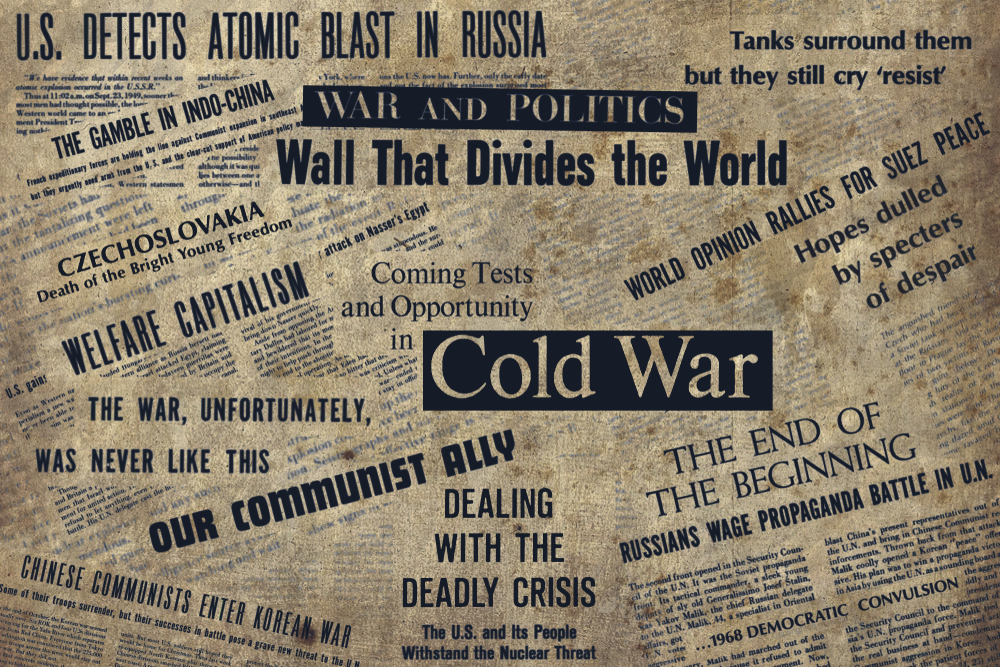
There were no more remedial classes, and as a result, only the best kids were allowed into the school.
The start of the space competition between America and the Soviet Union coincided with this.
It was Lane’s goal to keep the United States ahead of the Soviet Union in technology and science by making changes to its educational program.
When did Lane Tech begin admitting female students?
In 1971, a decline in enrolment and a dearth of female-only technical institutions prompted modifications to the admissions process.
Lane Tech Superintendent James Redmond advised that Lane Tech welcome female students as a solution to the problem.
The Chicago Board of Education agreed, and for the first time, girls were allowed to attend school.
Although 1,500 male students objected to their admission because they were concerned about their future academic performance, the decision remained the same.
What type of academics are offered at Lane Tech?
Students who meet certain criteria can enroll in honors courses. There are AP classes in computer science, music, art, science, math, history, and English, as well as in other languages and cultures from around the world.

The Junior Reserve Officers’ Training Corps program might take the role of regular physical education for some pupils.
Drums, as well as bugle corps such as Raiders of the Lane and the Color Guard, are supported through the initiative.
- As of 2018, Lane boasts a 94% graduation rate
- The same percentage of Lane pupils take at least one AP subject during their time at the school
- Lane is the only institute in the city to provide aquaponics classes
- As of 2018, Lane Tech had the most Ph.D. graduates in the country
- One of the greatest computer science schools in the country, Lane Tech boasts the largest computer science initiative in the city
How well does Lane Tech perform in athletics?
Water polo, women’s rugby, wrestling, volleyball, track, tennis, swimming, softball, soccer, lacrosse, ice hockey, golf, football, cross-you try, cheerleading, bowling, basketball, and baseball, are just a few of the many sports available at Lane.
Since 1908, Lane has earned an average of seven to ten municipal titles annually and has also claimed 16 state championships.
Several Lane Tech athletes have gone on to compete at the college and professional levels after graduating from high school.
How is Lane Tech rated?
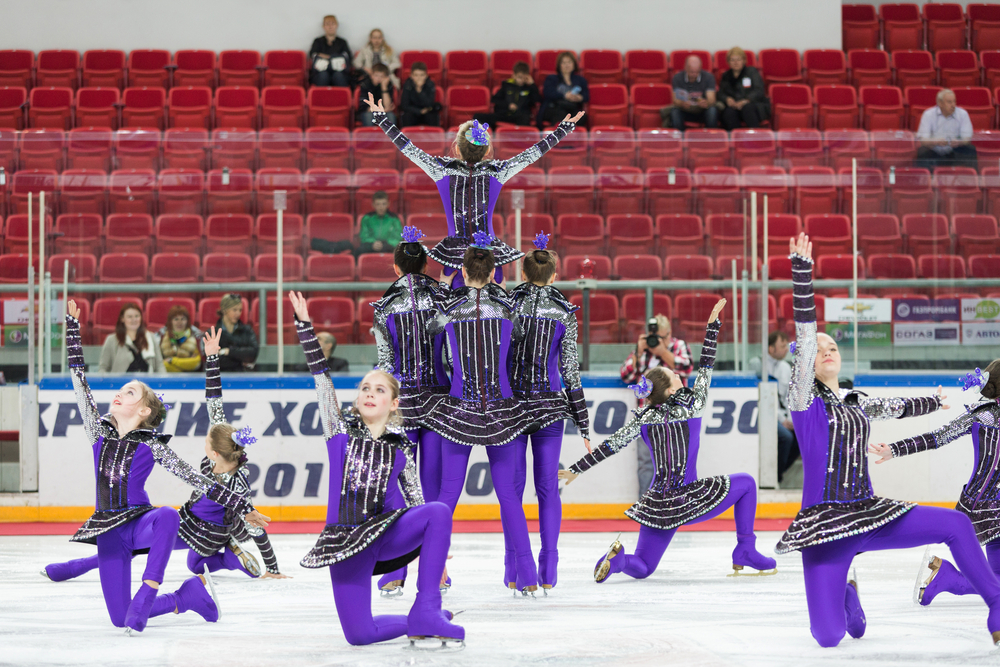
This Chicago high school has been ranked as one of the best in the country by Niche.com.
In math, 90% of pupils are at minimum proficient, also in reading, 87% of pupils are at least competent.
Niche rates Lane Tech A+ for academics, diversity, college prep, teachers, and clubs and activities.
The school has an A rating for sports and administration, A- for health and safety, B+ for resources and facilities, and last but not least, a B for food.
How many schools are there in Chicago?
A total of 347,484 children attend Chicago Public Schools 653 schools. Ninety percent of the student body is made up of people of color.
A significant portion of the student body (60,8 percent) faces financial hardship.
Schools in the District:
- High Schools – 148
- Middle Schools – 476
- Elementary Schools – 475
- Preschools – 367
What is the demographic of students in Chicago Schools?
Chicago schools have a wide range of diversity when it comes to their student bodies.

1.9% White, 36.6% African American, 4.3% Asian/Pacific Islander, and 46.8% Hispanic/Latino students attend Chicago Public Schools-administered schools.
In Chicago public schools, around 0.3% of students are American Indian or Alaska Native, while 0.2% are Native Hawaiian or other Pacific Islander.
Students of multiple races make up 1.5 percent of the student body.
Chicago public schools also see a pretty even balance between male and female students. Of the 60.8 percent of kids who are eligible for free or reduced-price meals in Chicago Public Schools, 17 percent are learning the English language.
How qualified are teachers at Chicago public schools?
Ninety-seven percent of teachers in the city’s school system are licensed, and 86.2 percent have worked in the field for at least three years.
Compared to the state average, the student-to-teacher ratio is greater at 16:1. Five hundred and ninety-five full-time counselors work for the district.

What are the test scores like at Chicago public schools?
Twenty-five percent of primary school children in the city met or exceeded the proficient reading level and 21 percent met or exceeded the proficient mathematics level.
Only 24 percent of middle school pupils were proficient in reading and 21 percent were proficient in arithmetic, respectively.
Eighteen percent of high school students scored above the proficient level in reading, while 19 percent scored above it in math.
What are the operational costs at Chicago public schools?
Schools in Chicago are spending way above their budgets. Every year, the city spends $15,201 on each of its students.
The system generates $6,511,721,000 in annual income. As a result of this, the region allocates $9,641.0 million for teaching plus $3,939.7 million for support programs.

